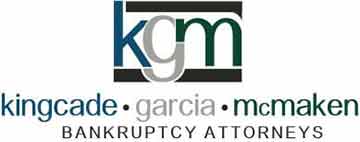Many consumers have faced debt struggles in the wake of the economic conditions that the nation has experienced in the past few years. Thus, debt has become a major issue in recent years.
Recently, the Wall Street Journal reported on some interesting debt-related statistics. The statistics were from a Standard & Poor’s Indices/Experian survey and they regarded U.S. consumer default rates in August for a variety of different types of debt.
According to the statistics, default rates on some types of debt went down between July and August. The default rate for first mortgages was 1.92 percent in August, which is 0.01 percentage points lower than July’s rate. The default rate for bank cards dropped 0.38 percentage points to 5.26 percent from July to August.
However, other types of debt experienced a rise in default rates between July and August. The default rate for auto loans rose 0.04 percentage points to 1.31 percent from July to August. The default rate for second mortgages was 1.27 percent in August, which is a 0.02 percentage point increase from the rate the country saw in July.
It is worth noting that the August default rates for all of the four above-mentioned types of debt (first mortgages, second mortgages, bank cards and auto loans) were lower than the corresponding rates from August of 2010.
Thus, the statistics indicate that the U.S. has seen some interesting changes when it comes to default rates. These changes give rise to some questions. What is causing these changes? What other effects do the causes of these changes have on consumers? Are these changes a good or a bad sign for consumers? It will be interesting to see how these questions are answered.
Source: The Wall Street Journal, “S&P/Experian: Default Rates Mixed, Though Overall Optimistic,” Ben Fox Rubin, Sept. 20, 2011


